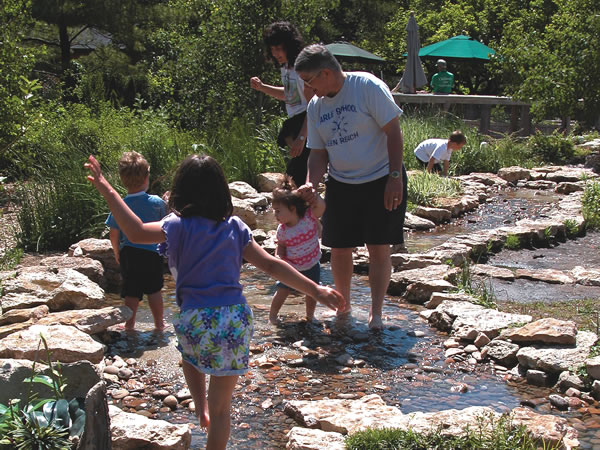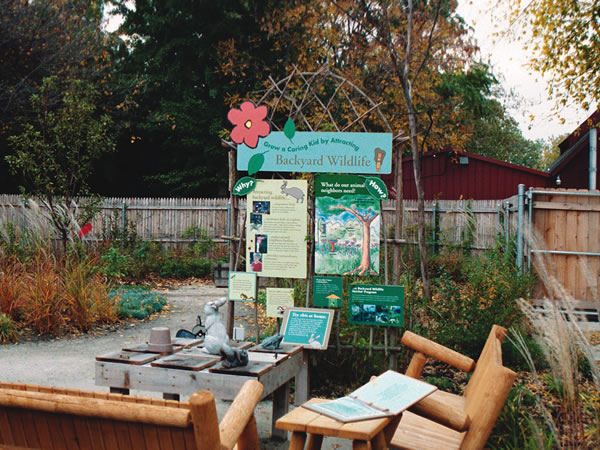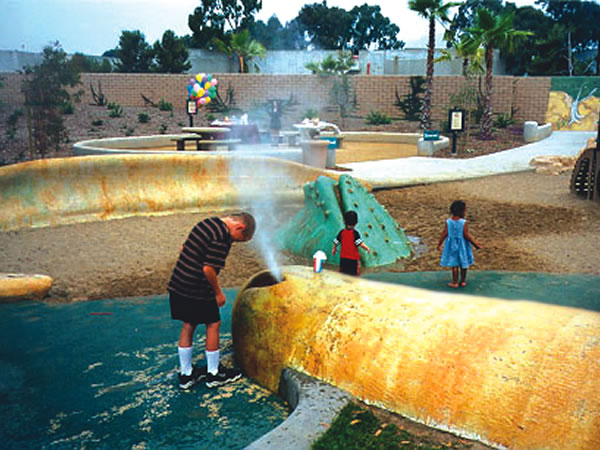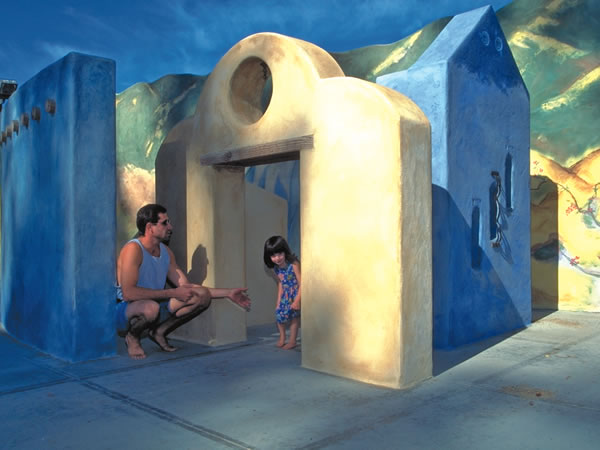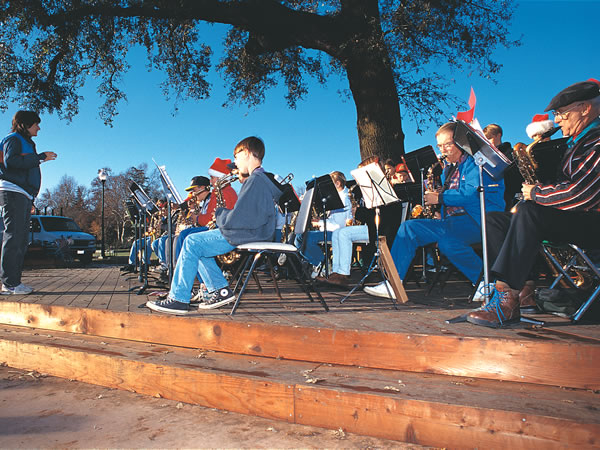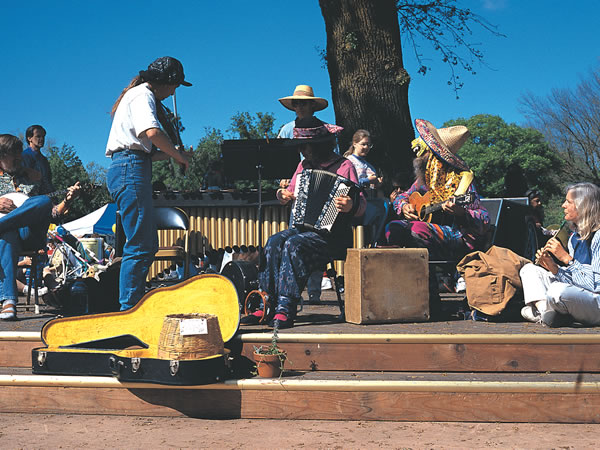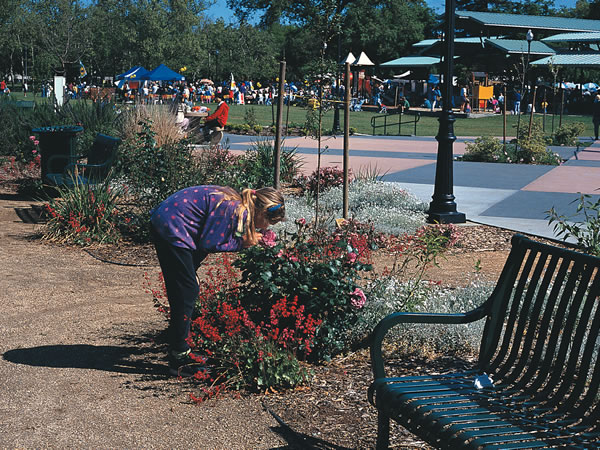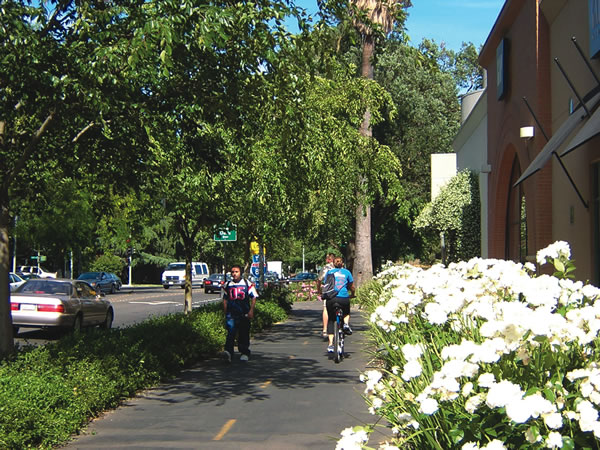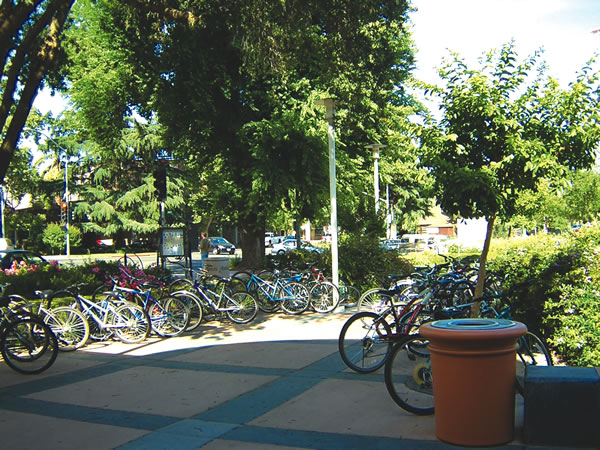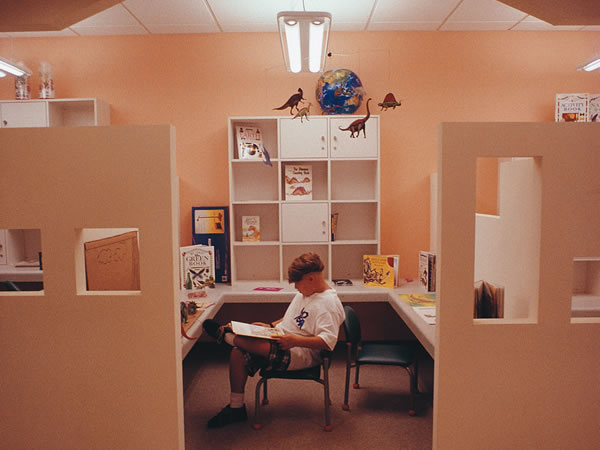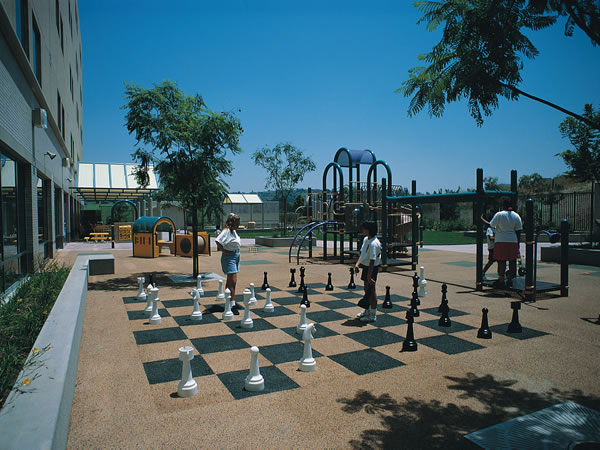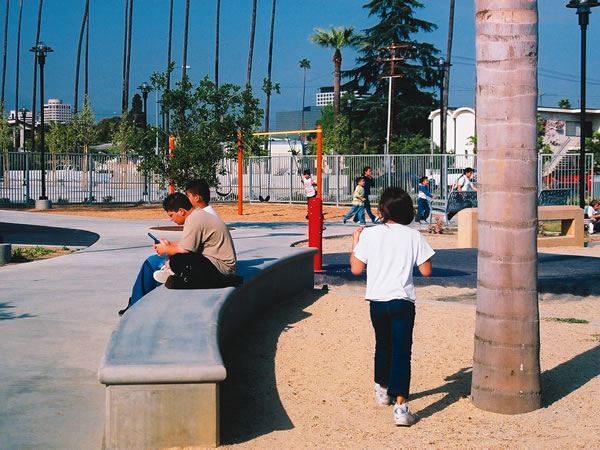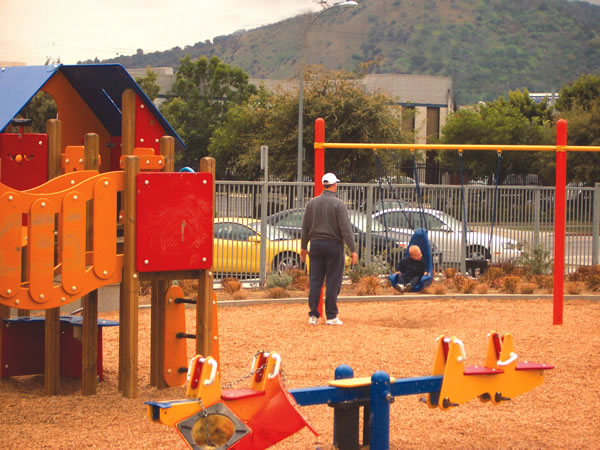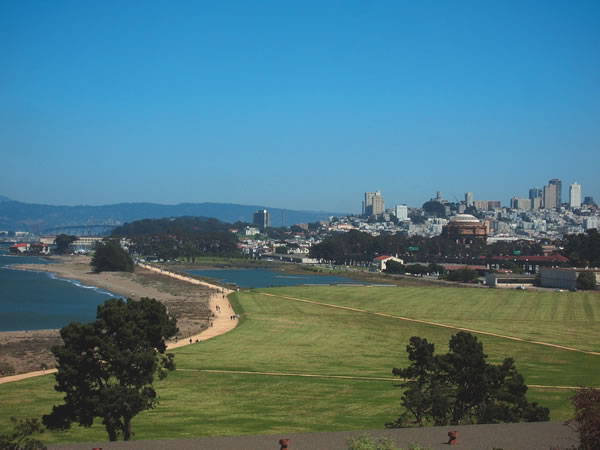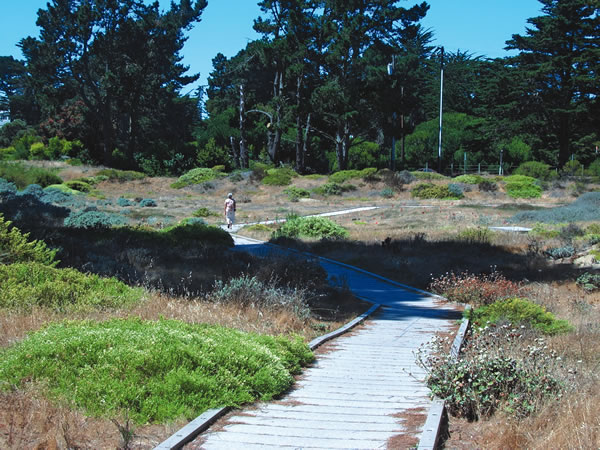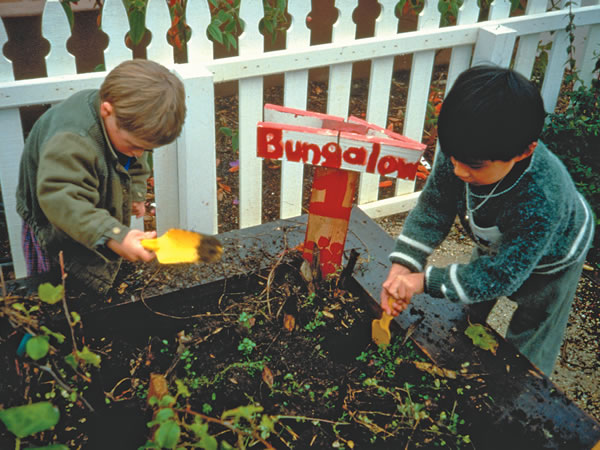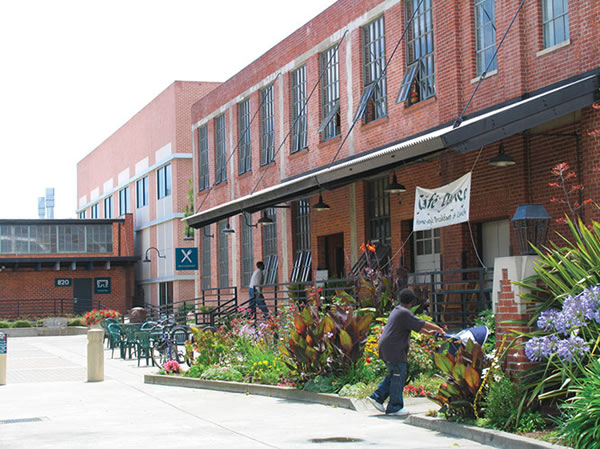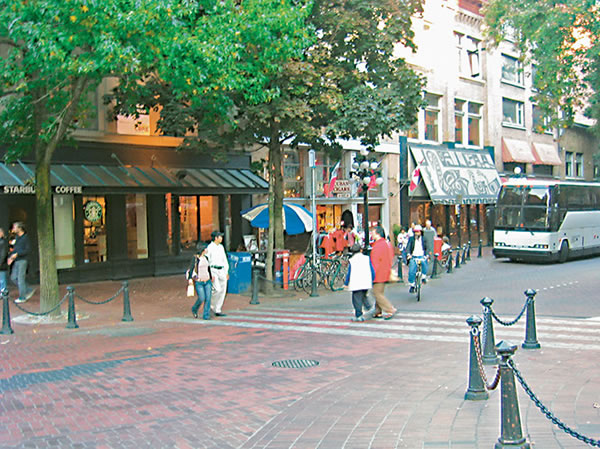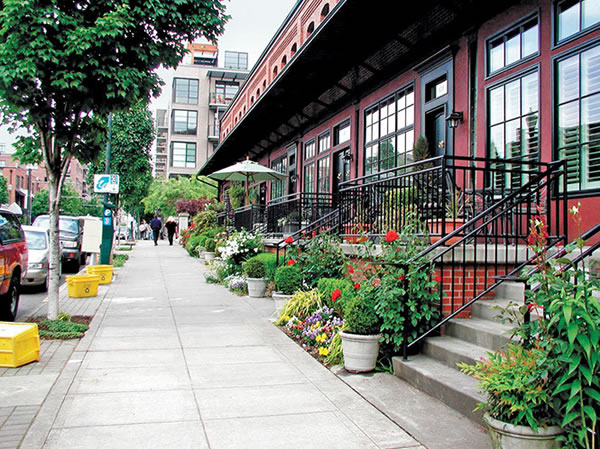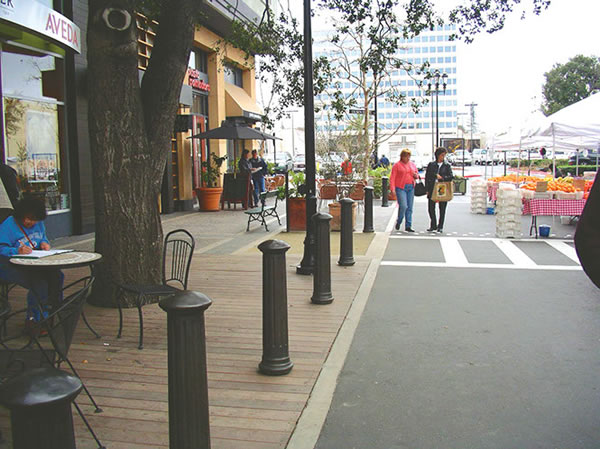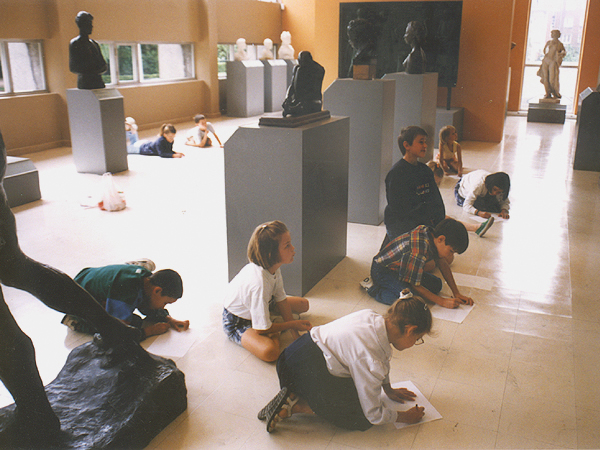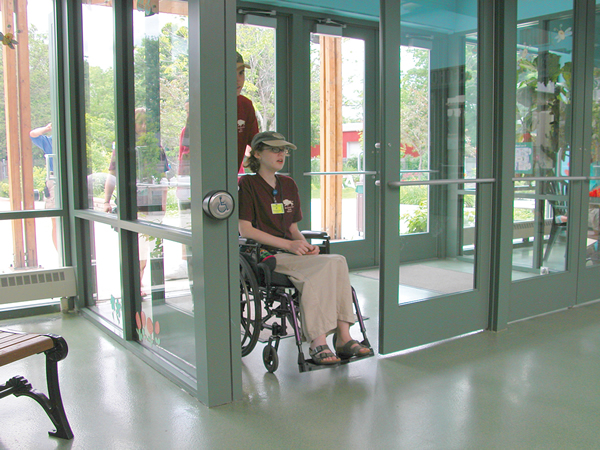2014 BERKELEY PRIZE TEACHING FELLOWSHIP IN THE SOCIAL ART OF ARCHITECTURE
TEACHING HEALTHFUL ARCHITECTURE
Today, there is an utmost need to develop an optimum physical environment for everyone….There is a tremendous need to have a holistic design education that addresses diversity and inclusiveness across the (design) disciplines… Introduction, Uniting Differences, Editors Rachna Khare and Ajay Khare (2013 BERKELEY PRIZE Teaching Fellow), 2014.
There a number of ways to describe the basic elements of the social art of architecture, including:
These approaches all point to an architecture much different from what is being currently designed – and what is being taught to architecture students today. The primary goal of the BERKELEY PRIZE Teaching Fellowship is to support innovative thinking by architecture faculty as they work to focus their students’ attention on the social, behavioral, and physical characteristics of the users of the buildings and spaces they design. By supporting such investigations iin diverse settings and situations, the PRIZE establishes the beginnings of a base line against which good and bad architecture can be evaluated. This is simultaneously a curriculum-development project and a teaching-development project. One major element is to actually implement/teach a specifically designed syllabus. What the PRIZE Committee is ultimately seeking is selected Fellows who are able to reflect upon and articulate for other interested faculty what they have learned from teaching the subject and who, at the same time, are able to descibe how to replicate their efforts in other schools and potentially to a wider audience. The 2014 BERKELEY PRIZE Teaching Fellowship focuses on the same theme established for the 2014 student Essay Competition: The Architect and the Healthful Environment. 141 undergraduate architecture students from 28 countries have already responded to this year’s Essay Question: How do you design a healthful environment? Click here to see this year’s winning essays. These demonstrate the best of the students’ diverse and often refined views of the subject matter. This year, in tandem, the Teaching Fellowship encourages faculty to consider how best to transform other students’ ways of thinking about the role of the built environment as a powerful force for health. The emphasis for the Healthful Environment can be explored in any context and should address the widest range of potential users of a space. The award of the BERKELEY PRIZE Teaching Fellowship will be based on a number of factors. See the “To Enter” page for more details, and click here to read last year's Winning Proposals for examples of entries that attracted the Committee's interest. In the end, the decision will be based on what makes your proposed approach more likely to succeed than that from other applicants.
In essence: How does your course best reflect the ideals of the social art of architecture? (The first semester Reports from the 2013 Teaching Fellows have been posted. See them here) Additional Help and InformationAre you in need of assistance? Please email info@berkeleyprize.org. |
|

